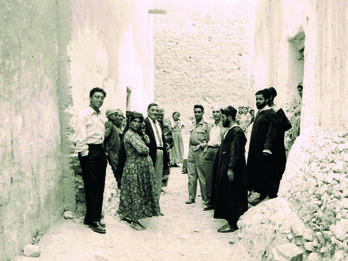Orchestra
Emmanuel Mané-Katz
1944–1954
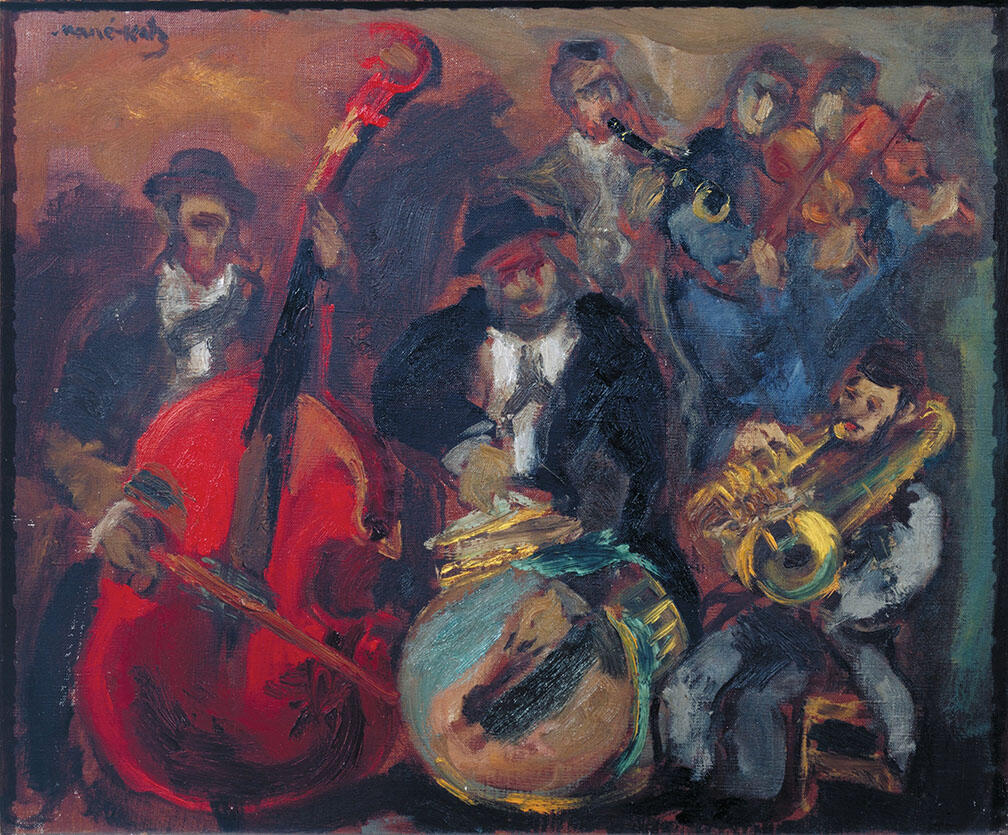
Creator Bio
Emmanuel Mané-Katz
The painter Emmanuel Mané-Katz was born Mane Leyzerovich Kats in Kremenchug, Ukraine, and as a child was destined for the rabbinate. At the age of seventeen, however, he left home to study art in Vilna and then Kiev and, in 1913, went to Paris. He was in Russia during World War I but returned in 1921 to Paris, where he befriended Pablo Picasso and other important artists, and was affiliated with the art movement known as the École de Paris. In 1931, his painting The Wailing Wall was awarded a gold medal at the Paris World’s Fair. During World War II, Mané-Katz lived in the United States but made Paris his home. Like Marc Chagall, he favored overtly Jewish themes drawn from his childhood in Eastern Europe.
Related Guide
Visual and Material Culture in the Mid-Twentieth Century
Jewish visual art flourished and diversified in the postwar period, reflecting the social and political transformations taking place in the world.
Places:
Subjects:
You may also like
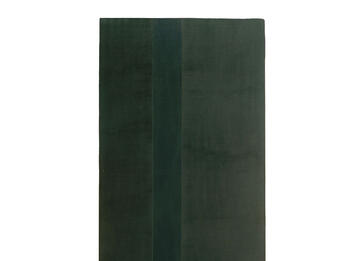
Abraham
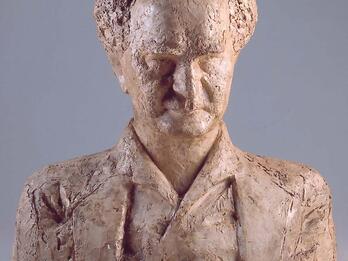
Sculpture of Ben-Gurion
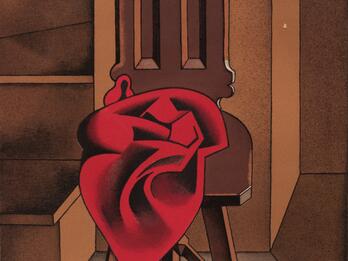
Chair with Red Matter
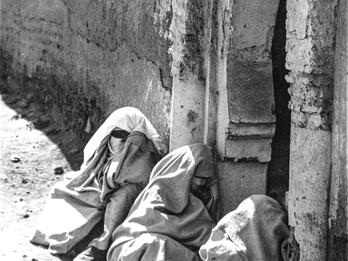
Femmes marocaines
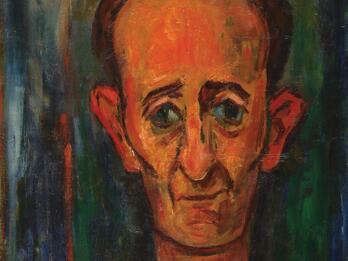
Portrait of Itzik Manger
